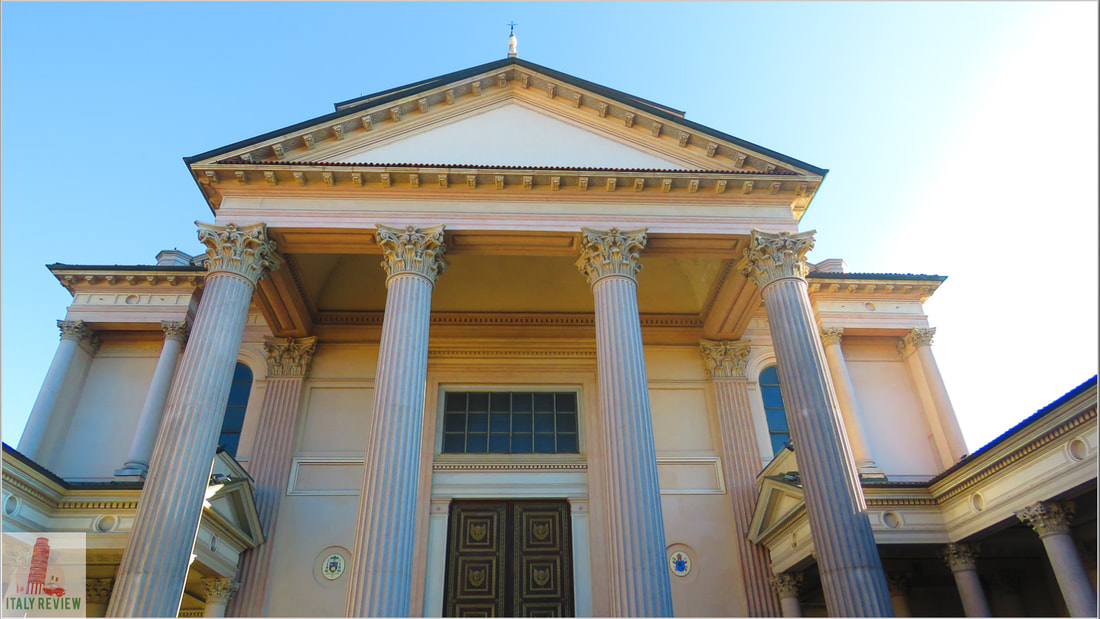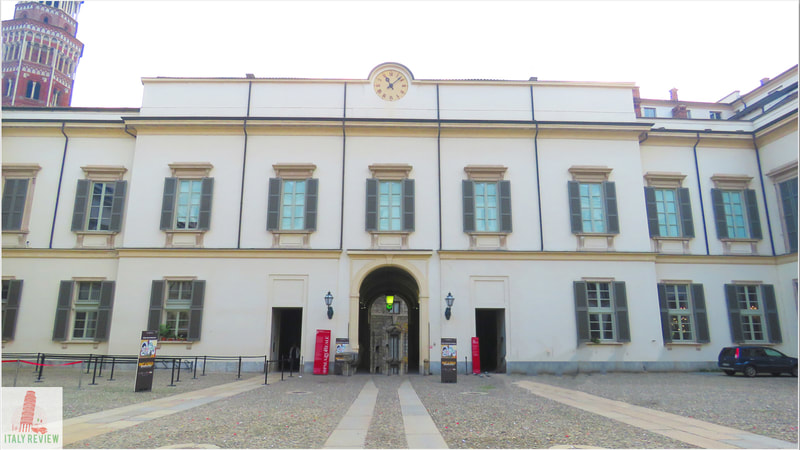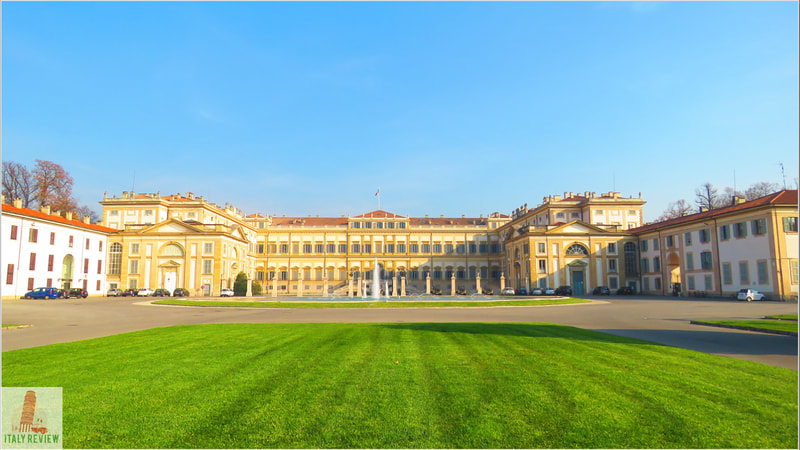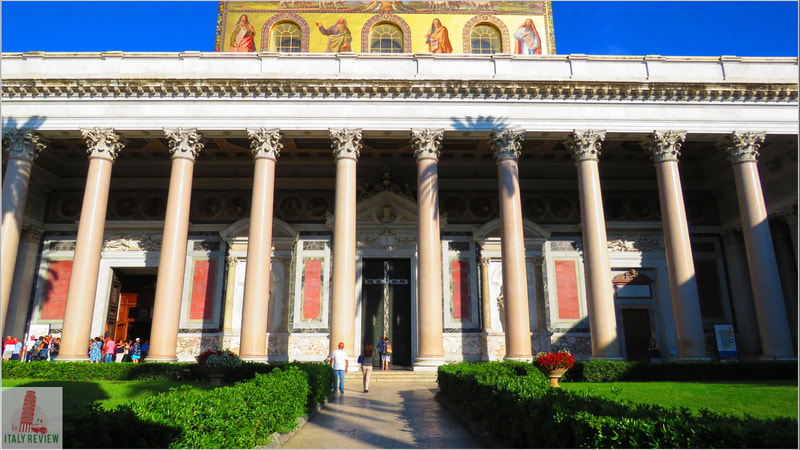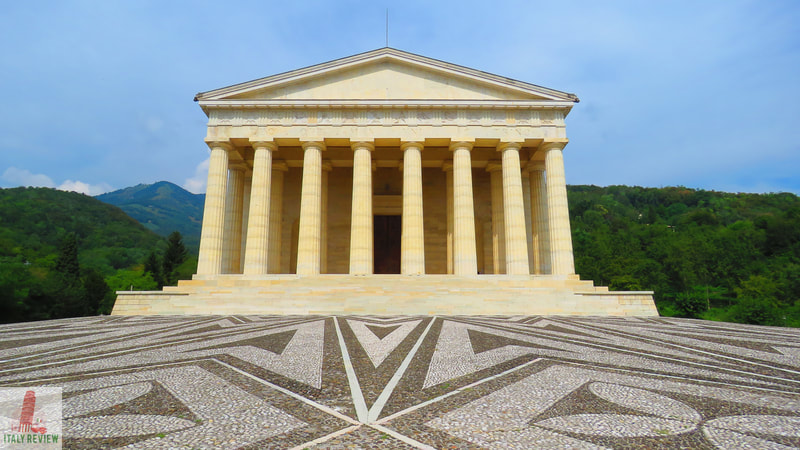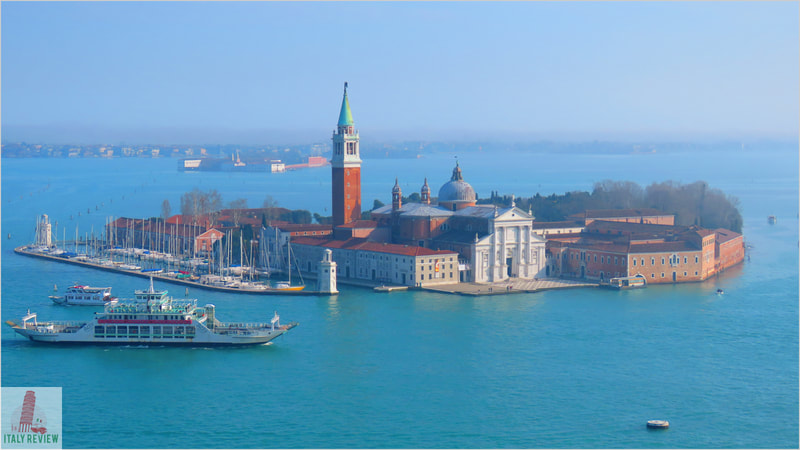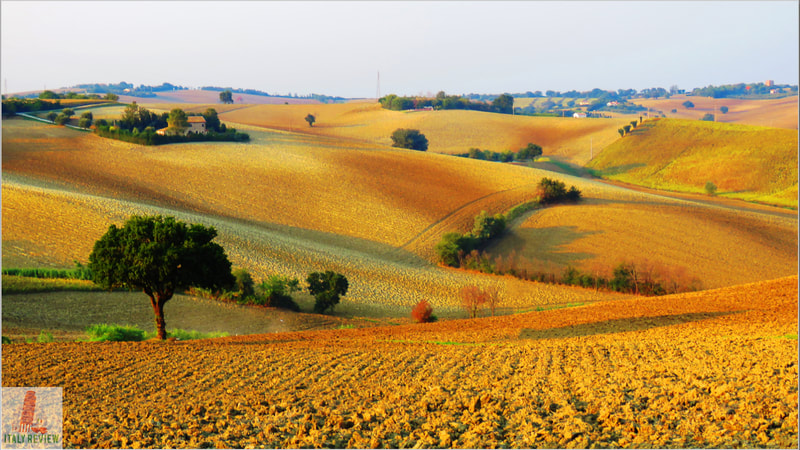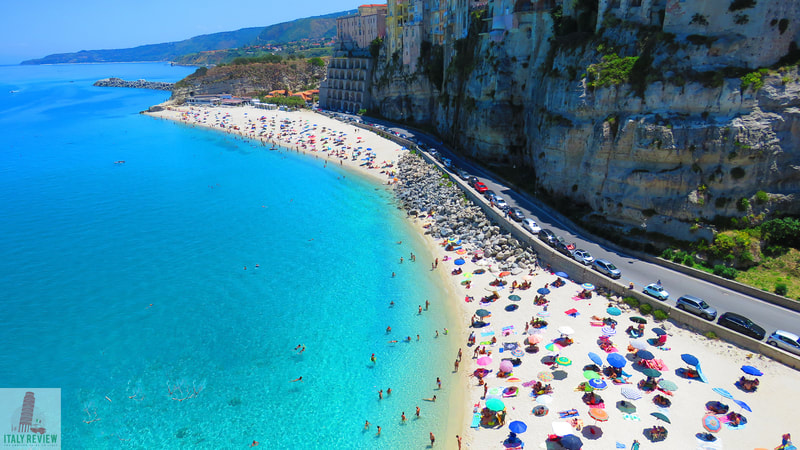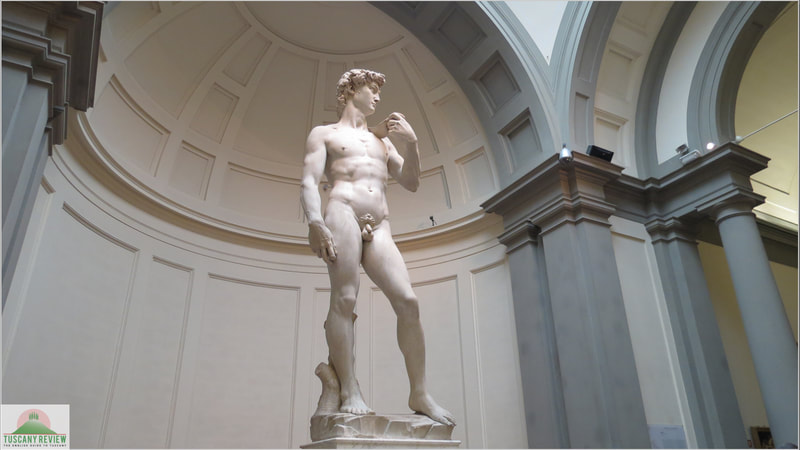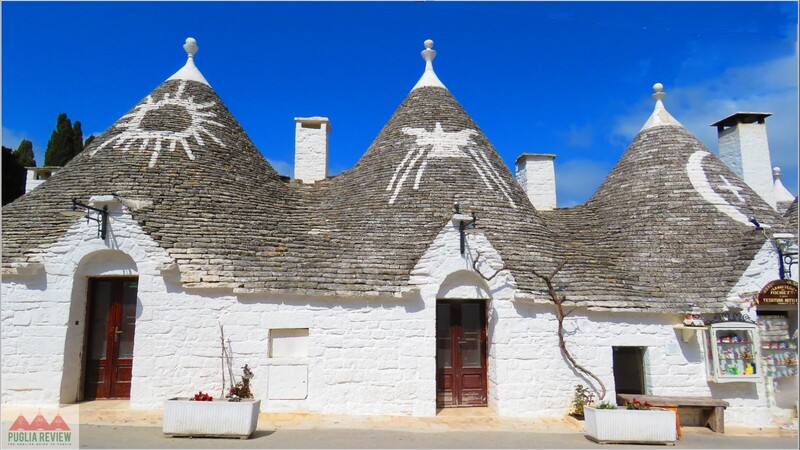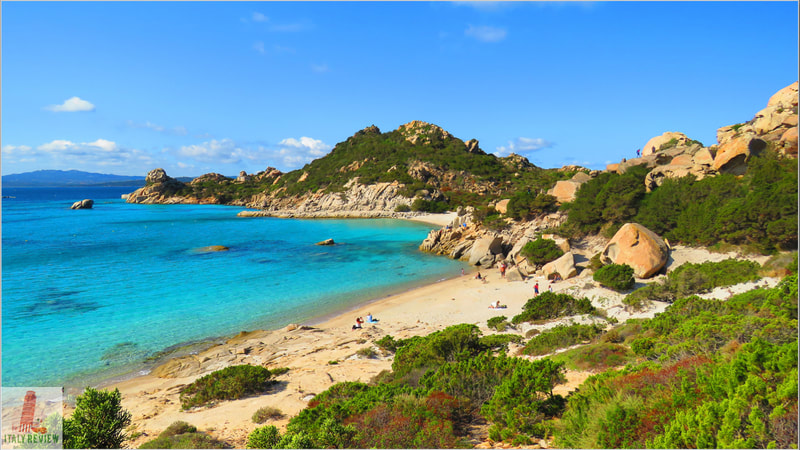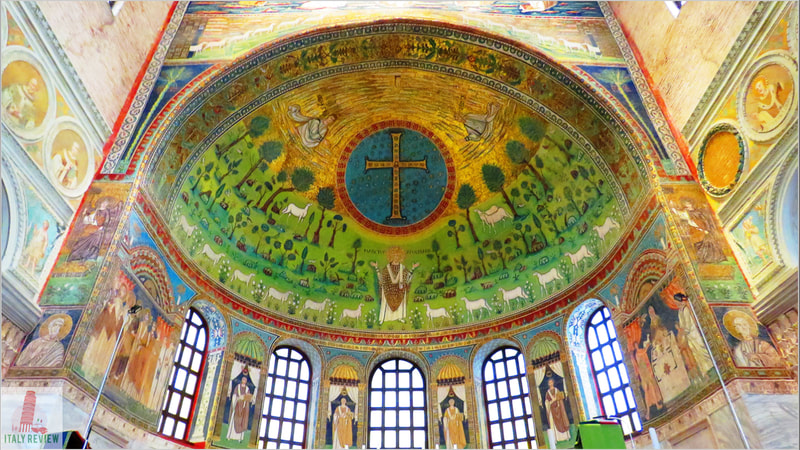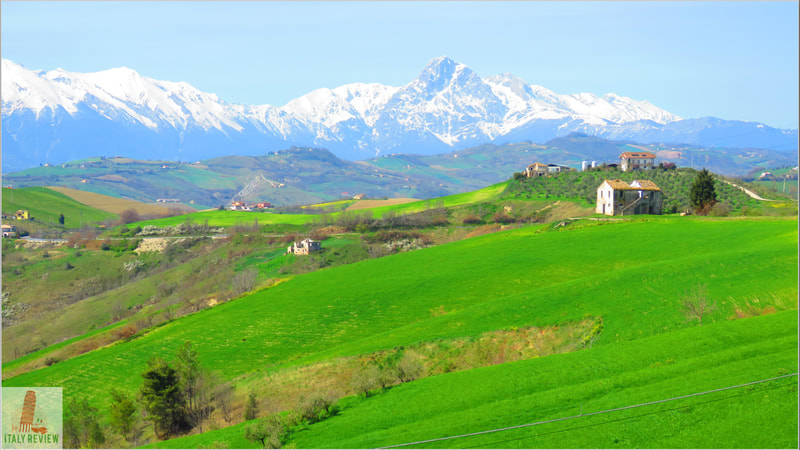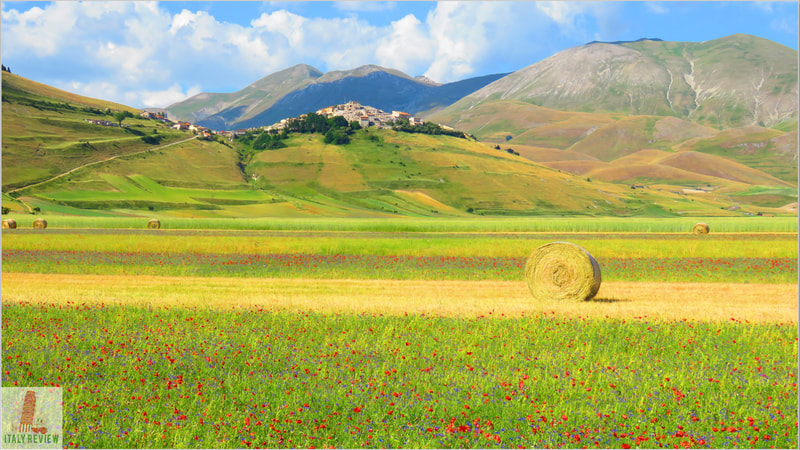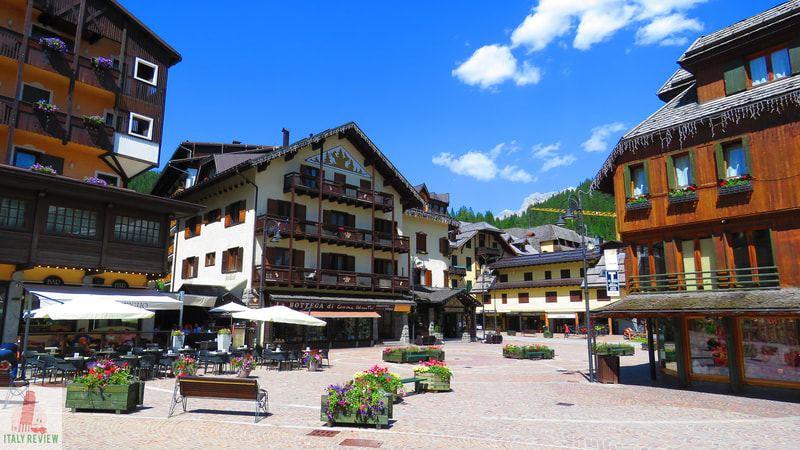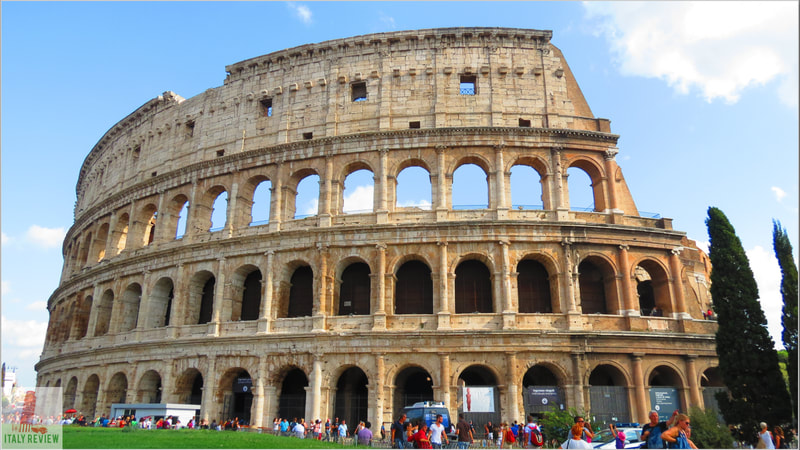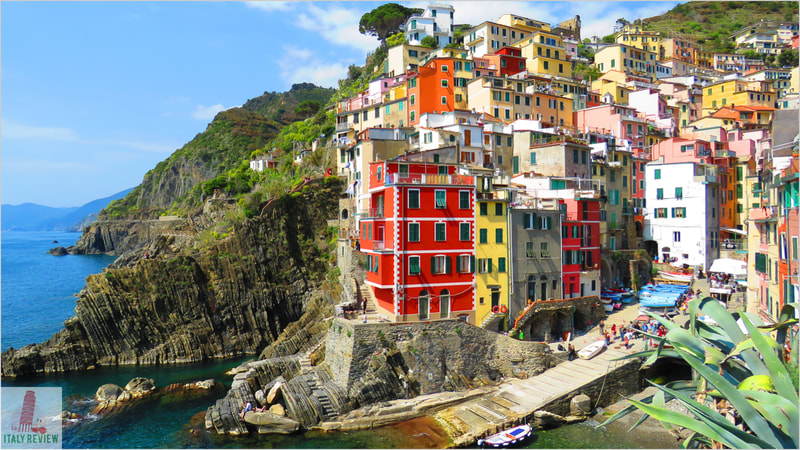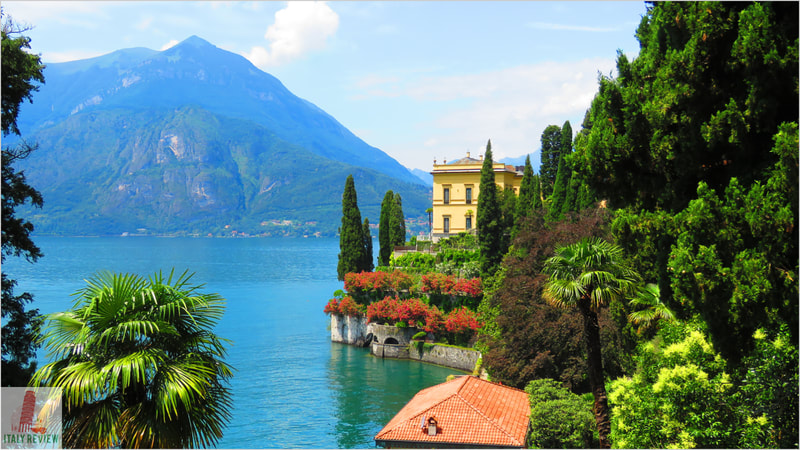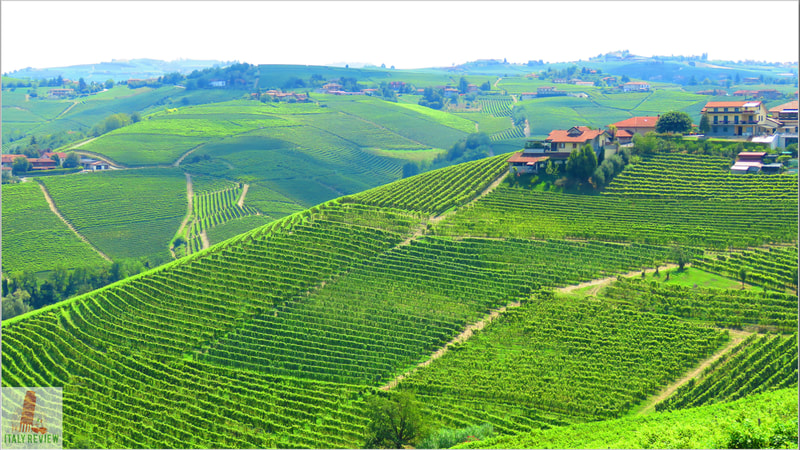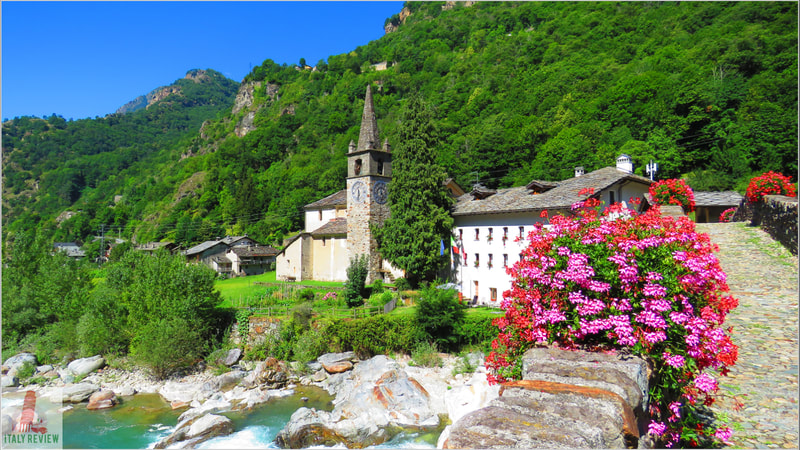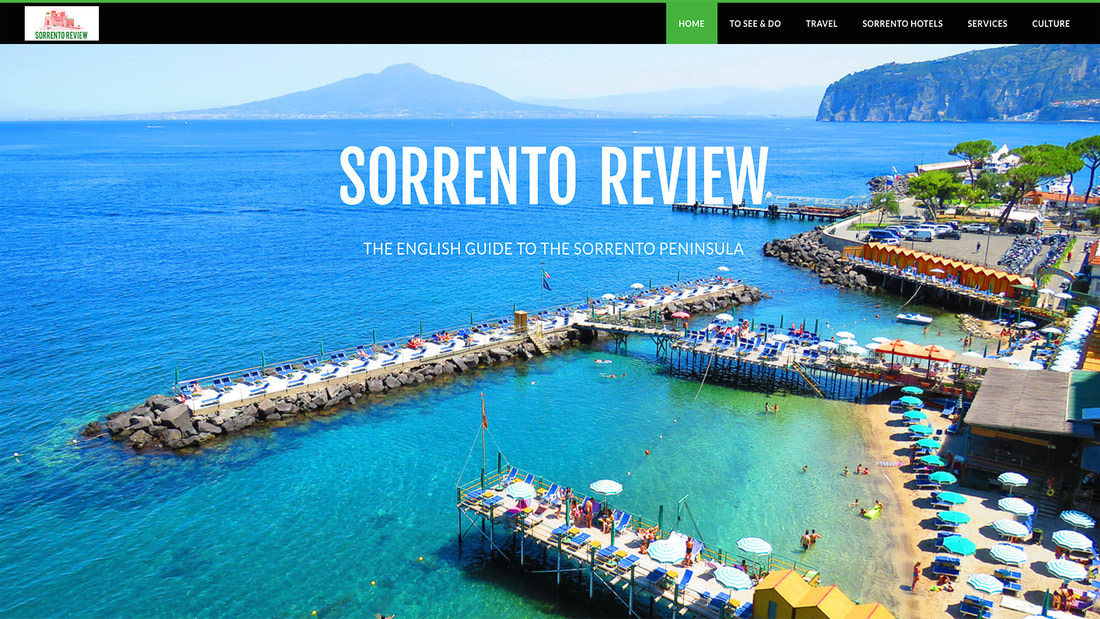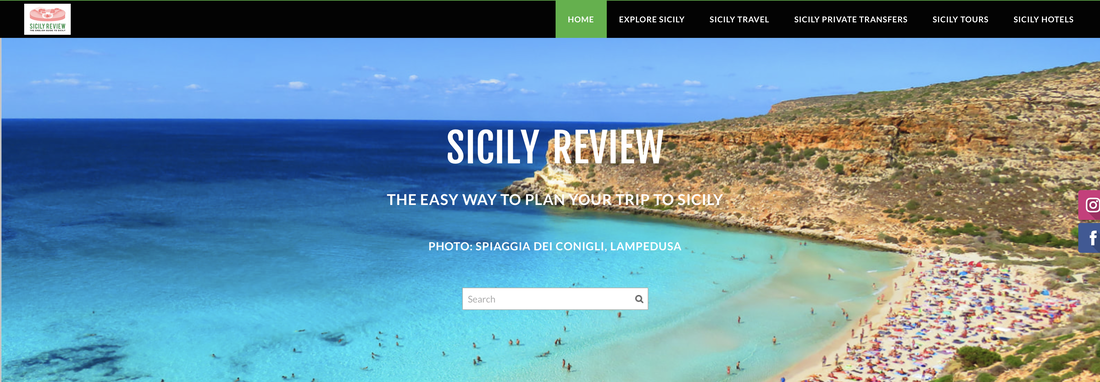Italian Neoclassical Architecture
|
By Dion Protani
|
Latest update: 20 October 2023
|
|
In a similar way to the emergence and evolution of the Renaissance period, Italian Neoclassical architecture was born partly from a desire to revive the construction principles of the Greeks and Romans. The word Neo-classical perfectly encapsulates what the style represented: a new form of classic art and architecture.
The architectural style first flourished in European countries such as England, Italy, France, Spain and Germany, but later spread worldwide, most notably to the United States, to include some of the country's most famous buildings such as the White House. A significant body of Neoclassical architecture can also be found in Italy but can be tricky to identify against other architectural styles. |
Related links
|
Time period:
1750 - 1870 Preceded by: Italian Baroque architecture Followed by: Liberty style architecture |
Characteristics/innovations:
Triangular pediments, supporting columns, straight lines Famous Neoclassical buildings in Italy: Tempio Canoviano, Villa Reale di Monza, Arco della Pace Building types: Churches, gardens, palaces, villas |
The Neoclassical Era
It was around 1715 that the first seeds of the Neoclassical era were planted, although its full flourish was still around 35 years away at that point. A number of events conspired to create a separate movement at that time: the Age of Enlightenment. Echoing some of the humanist philosophies of the Renaissance, the Age of Enlightenment saw an encouragement of a thirst for knowledge and human development. It came about at the time of the death of the Louis XIV of France, better known as the Sun King and one of the most flamboyant characters in history, closely associated with the Baroque style of the 17th century and its emblematic Palace of Versailles.
Around the same time as the death of Louis XIV, the first Hanover King of England was crowned George 1, replacing the last Stuart monarch: Queen Ann. The political scene in England at the time demanded a move away from anything resembling Catholicism and it was with this metaphorical brush that Baroque was painted there. This brought about a requirement for more austerity and contributed to the eventual emergence of Neoclassicism in the mid eighteenth century.
Something else of great significance happened at this time: just outside Naples in 1748, the lost city of Pompeii was discovered and gradually excavated. The Roman city, perfectly "frozen" in time and preserved, created a rare opportunity to really discover the essence of Classical Roman architecture. This came at a time when the Grand Tour was in full swing and the study of Classical architecture was seen as an essential part of a sophisticated gentleman's education.
These elements all combined to create a greater study of Classical Greek and Roman structures which the architects of the day then put into use with some of their work. Andrea Palladio who was one of the most revered architects of the Renaissance, is seen by many as the Father of Neoclassical architecture; his work was studied and developed by 18th century architects who incorporated many of his ideas into their own designs.
The Neoclassical architectural period was in many ways a reaction to the perceived excesses of the Baroque, and particularly Rococo styles that preceded it; a desire to return to less extravagant designs and to perhaps rein in some of the associated philosophies.
A side by side comparison between a Neoclassical building and one from the Baroque period shows obvious differences that don't require much study, whereas the differences between a High Renaissance or Palladian building against a Neoclassical structure are much more difficult to pinpoint and rather subtle at times.
It was around 1715 that the first seeds of the Neoclassical era were planted, although its full flourish was still around 35 years away at that point. A number of events conspired to create a separate movement at that time: the Age of Enlightenment. Echoing some of the humanist philosophies of the Renaissance, the Age of Enlightenment saw an encouragement of a thirst for knowledge and human development. It came about at the time of the death of the Louis XIV of France, better known as the Sun King and one of the most flamboyant characters in history, closely associated with the Baroque style of the 17th century and its emblematic Palace of Versailles.
Around the same time as the death of Louis XIV, the first Hanover King of England was crowned George 1, replacing the last Stuart monarch: Queen Ann. The political scene in England at the time demanded a move away from anything resembling Catholicism and it was with this metaphorical brush that Baroque was painted there. This brought about a requirement for more austerity and contributed to the eventual emergence of Neoclassicism in the mid eighteenth century.
Something else of great significance happened at this time: just outside Naples in 1748, the lost city of Pompeii was discovered and gradually excavated. The Roman city, perfectly "frozen" in time and preserved, created a rare opportunity to really discover the essence of Classical Roman architecture. This came at a time when the Grand Tour was in full swing and the study of Classical architecture was seen as an essential part of a sophisticated gentleman's education.
These elements all combined to create a greater study of Classical Greek and Roman structures which the architects of the day then put into use with some of their work. Andrea Palladio who was one of the most revered architects of the Renaissance, is seen by many as the Father of Neoclassical architecture; his work was studied and developed by 18th century architects who incorporated many of his ideas into their own designs.
The Neoclassical architectural period was in many ways a reaction to the perceived excesses of the Baroque, and particularly Rococo styles that preceded it; a desire to return to less extravagant designs and to perhaps rein in some of the associated philosophies.
A side by side comparison between a Neoclassical building and one from the Baroque period shows obvious differences that don't require much study, whereas the differences between a High Renaissance or Palladian building against a Neoclassical structure are much more difficult to pinpoint and rather subtle at times.
Neoclassical characteristics
- Triangular pediment supported by columns
- Removal of decorative pilasters - load bearing columns instead
- More functional, less decorative than Baroque/Rococo
- Less curvature, more straight lines
- Smoother bricks and displayed as a more integral element to the display
- Slanted roofs
- Greater use of quoins (decorative feature on building corners)
Index of famous Italian Neoclassical buildings followed by mixed categories where the Neoclassical features in conjunction with other styles.
Neoclassical
Arco della Pace
Basilica di Maria Ausiliatrice
Basilica of Saint Paul Outside the Walls
Chiesa della Gran Madre di Dio (Turin)
Chiesa di San Francesco da Paola (Naples)
Novara Cathedral
Piazza del Popolo (Rome)
Pinacoteca di Brera
Royal Palace of Milan
Teatro alla Scala
Teatro San Carlo
Tempio Canoviano
Urbino Cathedral
Vanvitelli Aqueduct
Villa Reale di Monza
Baroque-Neoclassical
Archbasilica of Saint John Lateran
Royal Palace of Capodimonte
Royal Palace of Caserta
Royal Palace of Naples
Baroque-Neoclassical-Renaissance
Basilica di Superga
Eclectic-Neoclassical
Il Vittoriano
Multiple Styles including Neoclassical
Palermo Cathedral
Neoclassical-Renaissance Revival
Galleria Vittorio Emanuele II
Arco della Pace
Basilica di Maria Ausiliatrice
Basilica of Saint Paul Outside the Walls
Chiesa della Gran Madre di Dio (Turin)
Chiesa di San Francesco da Paola (Naples)
Novara Cathedral
Piazza del Popolo (Rome)
Pinacoteca di Brera
Royal Palace of Milan
Teatro alla Scala
Teatro San Carlo
Tempio Canoviano
Urbino Cathedral
Vanvitelli Aqueduct
Villa Reale di Monza
Baroque-Neoclassical
Archbasilica of Saint John Lateran
Royal Palace of Capodimonte
Royal Palace of Caserta
Royal Palace of Naples
Baroque-Neoclassical-Renaissance
Basilica di Superga
Eclectic-Neoclassical
Il Vittoriano
Multiple Styles including Neoclassical
Palermo Cathedral
Neoclassical-Renaissance Revival
Galleria Vittorio Emanuele II
Architects
Luigi Vanvitelli
Antonio Canova
Nicola Salvi
Giuseppe Veladier
Giuseppe Mengoni
Luigi Vanvitelli
Antonio Canova
Nicola Salvi
Giuseppe Veladier
Giuseppe Mengoni

